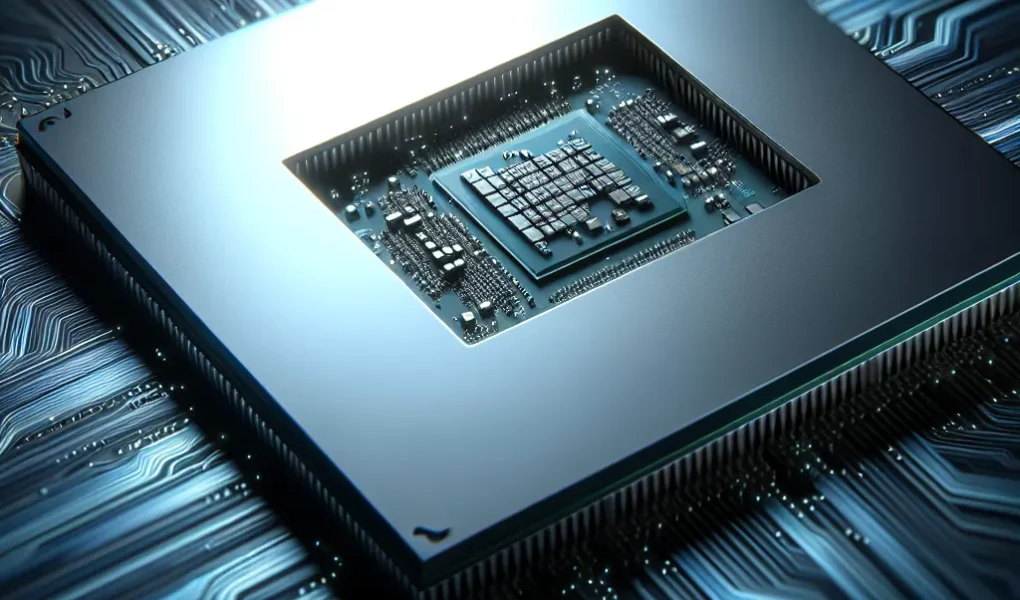The Early Days: The Birth of Computer Processors
During the early days of computing, the birth of computer processors marked a significant milestone in the evolution of technology. One of the earliest pioneers in this field was Intel, who introduced the world’s first commercial microprocessor, the Intel 4004, in 1971. This groundbreaking development revolutionized the way computers were built and paved the way for the digital revolution that followed.
The Intel 4004, with its humble 4-bit architecture, had a clock speed of 740 kHz and was capable of performing up to 92,600 instructions per second. Despite its limited capabilities by modern standards, this microprocessor laid the foundation for further advancements in computing technology. Its introduction also fueled the rapid growth of the semiconductor industry, as demand for more powerful and efficient processors skyrocketed.
Moreover, the birth of computer processors in the early days spurred intense competition among manufacturers, leading to rapid innovation and the development of increasingly sophisticated microprocessors. This era witnessed the emergence of several other major players in the industry, including AMD, Motorola, and Texas Instruments. Each of these companies made significant contributions that propelled the evolution of computer processors forward.
As the demand for computing power continued to grow, the early days of computer processors set the stage for a series of technological advancements that would ultimately lead to the powerful and efficient processors we rely on today.
Advancements and Innovations in Processor Technology
Advancements and innovations in processor technology have played a crucial role in the evolution of computer processors. Over the years, significant progress has been made in enhancing the performance, power efficiency, and overall capabilities of processors. One key aspect of this evolution is the transition from single-core to multi-core processors.
Multi-core processors, with their ability to handle multiple tasks simultaneously, have revolutionized the way computers process information and execute tasks. This innovation has significantly improved the overall speed and efficiency of computer systems, making them more suitable for multitasking and demanding applications such as gaming, video editing, and scientific simulations.
Moreover, advancements in semiconductor technology have led to the development of smaller transistor sizes and improved architectures, resulting in higher clock speeds and better energy efficiency. The introduction of advanced instruction set architectures (ISAs) has also contributed to the optimization of processor performance for specific tasks.
Another notable innovation is the integration of graphics processing units (GPUs) within the same chip as the central processing unit (CPU), resulting in accelerated graphics performance and improved parallel processing capabilities for tasks such as rendering and machine learning algorithms.
Furthermore, the implementation of advanced manufacturing processes, such as 7nm and beyond, has enabled the production of processors with higher transistor densities and lower power consumption, paving the way for more powerful and energy-efficient computing devices.
In conclusion, the advancements and innovations in processor technology have significantly contributed to the continuous improvement of computer processors, enhancing their performance, efficiency, and capabilities. These advancements have not only propelled the evolution of computing devices but have also opened up new possibilities for complex computational tasks and emerging technologies.
Challenges and Breakthroughs in Modern Processor Design
In the ever-evolving world of computer processors, modern designs face a myriad of challenges that push the boundaries of innovation. One of the key challenges is to continue increasing processing power while simultaneously minimizing power consumption and heat generation. This has led to breakthroughs in design, such as the implementation of multi-core processors. By integrating multiple processing cores onto a single chip, chip manufacturers have been able to significantly boost performance without a proportionate increase in power usage.
Another significant breakthrough in modern processor design is the shift towards parallel processing and the utilization of advanced instruction set architectures. This approach enables processors to execute multiple instructions simultaneously, thereby improving overall efficiency. Additionally, techniques such as pipelining and out-of-order execution have been instrumental in enhancing processor performance by optimizing the utilization of resources.
However, these advancements have also introduced new challenges, particularly in terms of software optimization and compatibility. Developers need to tailor their applications to effectively leverage the capabilities of multi-core processors and parallel processing, which can be a complex task. Moreover, ensuring seamless compatibility with existing software and hardware configurations remains a constant hurdle.
Looking ahead, the future of processor design lies in overcoming these challenges while continuing to drive innovation. With the ongoing pursuit of quantum computing and advancements in neuromorphic computing, the landscape of processor design is poised for further transformation. As the industry tackles these challenges and embraces breakthroughs, the evolution of computer processors marches onward, shaping the technological landscape for years to come.
Future Perspectives: The Next Generation of Computer Processors
As we look to the future, the next generation of computer processors holds great promise for unprecedented advancements in computing power and efficiency. One of the most anticipated developments is the continued evolution of quantum processors, which have the potential to revolutionize the way we process and analyze data. Quantum processors leverage the principles of quantum mechanics to perform complex calculations at speeds inconceivable to classical processors. While still in the experimental stages, quantum processors show immense potential for handling massive datasets and solving complex problems in fields such as cryptography, drug discovery, and weather forecasting.
Another emerging technology on the horizon is the development of neuromorphic processors, which are designed to mimic the neural networks of the human brain. These processors hold the potential to significantly advance artificial intelligence and machine learning capabilities by enabling computers to process and interpret data more like the human brain. This could lead to breakthroughs in areas such as pattern recognition, natural language processing, and autonomous decision-making.
Furthermore, the next generation of computer processors is also expected to focus on improving energy efficiency and reducing the environmental impact of computing. With the increasing demand for data processing and the proliferation of cloud computing and Internet of Things (IoT) devices, there is a growing need for processors that consume less power while delivering higher performance. This has led to research and development efforts aimed at creating processors with advanced power management techniques, as well as exploring alternative materials and designs to minimize energy consumption.
In conclusion, the future of computer processors is poised to bring about transformative advancements in computing capabilities, from the potential of quantum processors and neuromorphic processors to the focus on energy-efficient designs. These next-generation processors are set to redefine the possibilities of computing and drive innovation across a wide range of industries.

